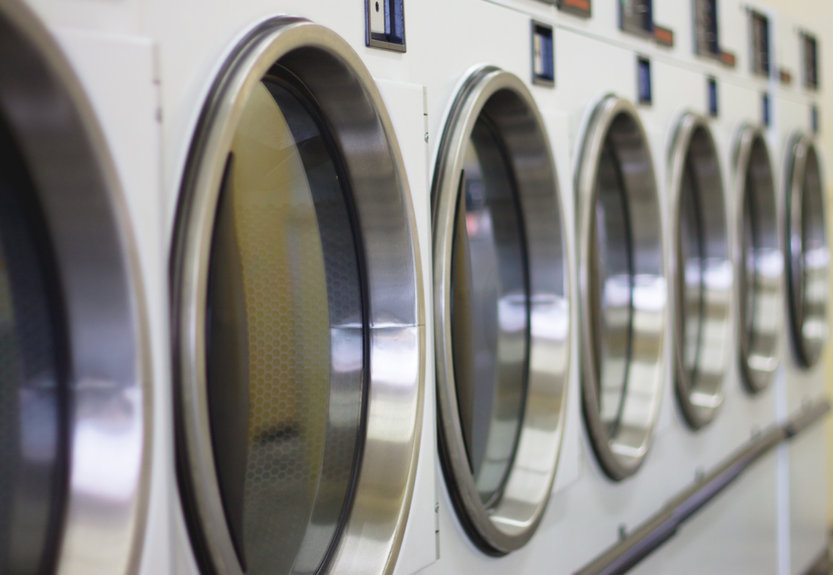Commercial laundromats and on-premise laundry facilities require heavy-duty machines that can handle large volumes of linen on a daily basis. Selecting the right commercial laundry equipment is crucial to efficiently serve customers and maximize profitability. This article discusses the various types of equipment needed and factors to consider when purchasing commercial laundry machines.
Washers
Commercial wash-load capacities range from small stackable units that hold 15 pounds to extra-large models that can wash over 100 pounds in a single cycle. Front-loading and top-loading options are available. When choosing washers, consider:
– Volume Needs: Assess average daily wash loads to determine the appropriate washer size for your facility. Oversizing wastes water and energy while undersizing leads to longer cycle times.
– Cycle Options: Longer cycle times boost productivity. Look for variable wash temperatures, extra rinse cycles, and customizable programming options.
– Durability: Commercial Laundry Equipment steel tubs, variable-speed motors, and drive systems withstand constant heavy use. Avoid consumer-grade units prone to breakdowns.
– Controls: Programmable electronic controls simplify operation and provide flexibility. Onboard computers track cycles to aid maintenance planning.
– Extractors: Essential for high-efficiency moisture removal, extractors greatly reduce dryer time and associated energy costs. Multi-speed extraction is ideal.
Dryers
Commercial dryers are either vented cylinder models or ventless machines using condensing technology. Factors to weigh include:
– Drying Capacity: Matches washer throughput for maximized efficiency. Large-volume dryers improve workflow.
– Fuel Source: Gas models are most cost-effective to operate. Electric dryers have lower installation costs.
– Moisture Sensor: Precisely detects dampness to eliminate over-drying that damages fabrics. Conserves fuel and extends linen lifespan.
– Lint Filter: Easily removable, washable filter traps lint for better air flow and reduced maintenance downtime.
– Enclosed, Ventless Design: Self-contained, condensing dryers require no venting for versatile placement.
Folding and Finishing Equipment
Once clean, finishing provides the final touch. Consider:
– Industrial Ironers: Quickly and consistently finish flatwork like linens and uniforms. Heated roll models require less floor space.
– Folding Tables: Sturdy surfaces accommodate high-volume folding by hand or machine. Adjustable heights aid ergonomics.
– Folder/Inserters: Automate folding of various item types like towels, sheets, uniforms. Models range from basic to highly programmable.
Additional Equipment
Other essentials include:
– Cart Washers: High-pressure spray systems thoroughly sanitize carts and hampers between uses. Rotating wash/rinse arms maximize cleaning.
– Extractors: As with washers, multi-speed extractors efficiently remove moisture before drying or folding large items.
– Shelving & Rack Systems: Store clean linens properly until distribution. Mobile, overhead storage saves valuable floor space.
Purchasing Considerations
Select an equipment dealer offering knowledgeable support staff, maintenance contracts, and quick service response times to keep operations running optimally. Consider lifecycle costs like electricity/fuel usage versus higher initial costs for energy efficient models. Thoroughly vet warranties and financing options to ensure the best value for your facility’s unique needs. Proper preventative maintenance and staff training in equipment use maximizes machine lifespan and performance. With the right commercial laundry machines, laundries of any size can provide top-quality service.
*Note:
1. Source: Coherent Market Insights, Public sources, Desk research
2. We have leveraged AI tools to mine information and compile it


